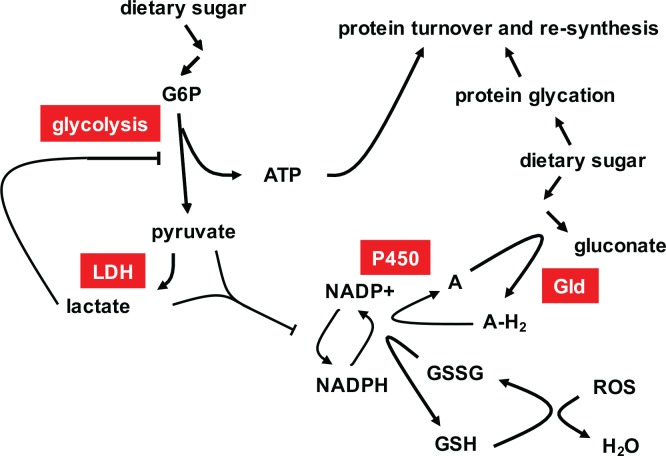Fig 7. Summary model of the metabolic phenotype of tko25t in high-sugar medium.
High dietary sugar and mitochondrial dysfunction stimulate glycolysis, which is nevertheless limited by the build up of pyruvate and/or lactate, produced by lactate dehydrogenase (LDH, needed to regenerate NAD+ when OXPHOS is impaired), restricting ATP production. Pyruvate and lactate accumulation restricts NADPH production, whilst NADPH consumption is increased by the need to maintain glutathione in the reduced state, despite increased mitochondrial ROS production, and by the need to reoxidize the electron acceptor (A) for glucose dehydrogenase (Gld) using the P450 system, preventing further peroxide generation. Glucose dehydrogenase converts excess glucose to gluconate, whilst any glycotoxic damage is compensated by the normal processes of protein refolding, turnover and re-synthesis, which consume ATP.

